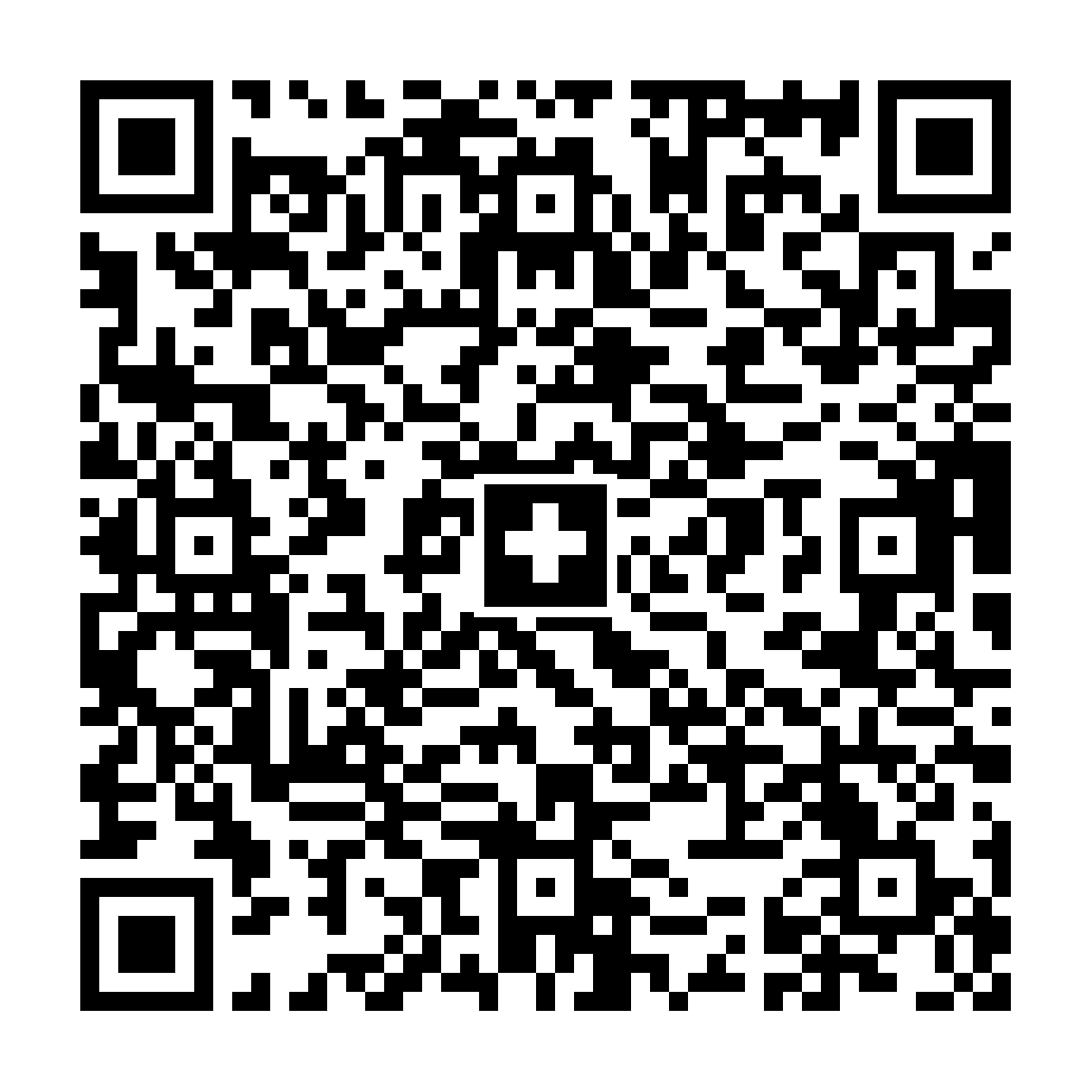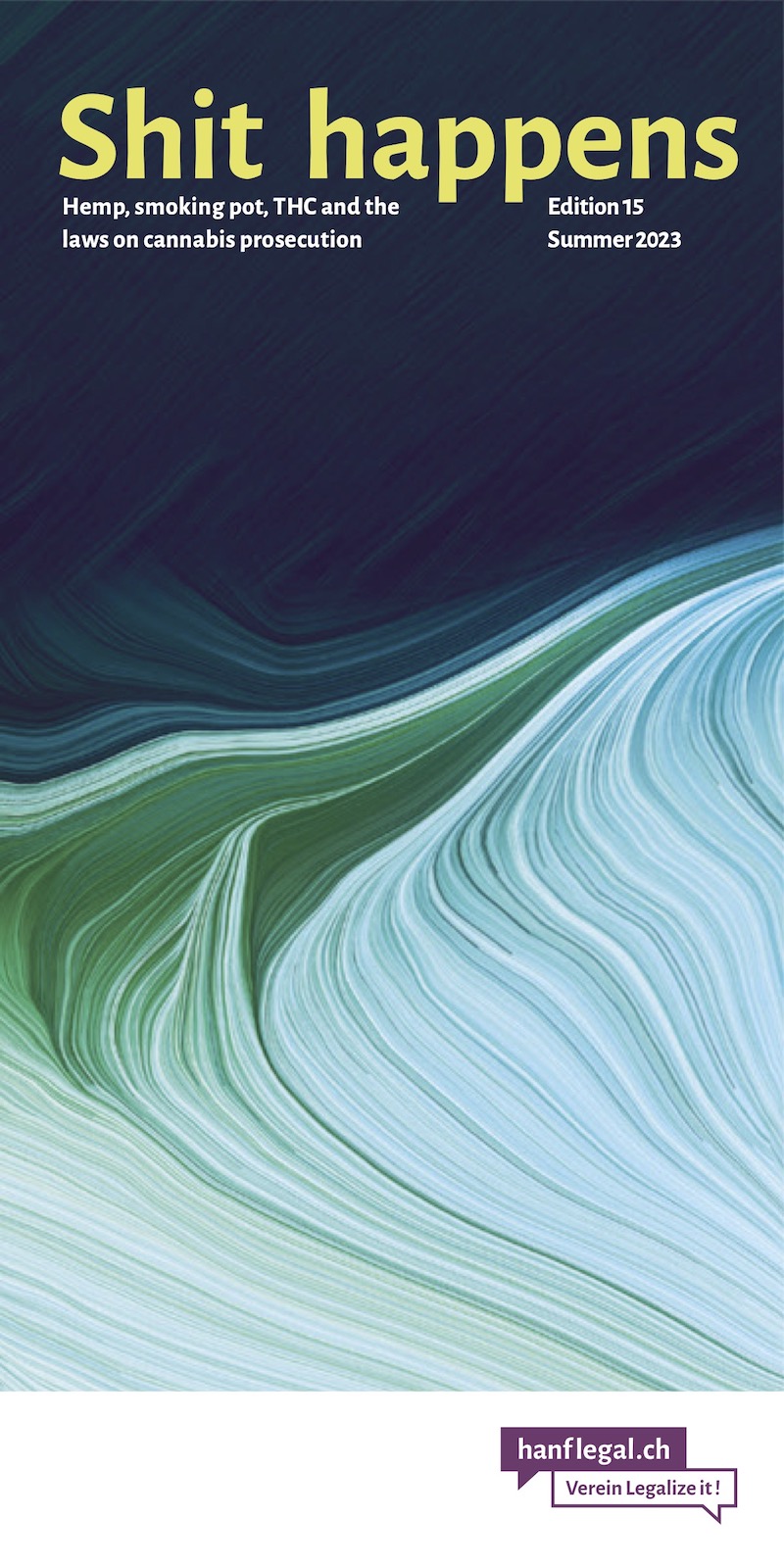- THC & Law:
Impressions of a trip to Amsterdam (2016)
Five years ago, I was passing through Amsterdam and the first thing I saw was the red light district. This was really not my construction site and the hustle and bustle of the city overwhelmed me. So I moved on after half a day. Everything gets a second chance and so I visited the city again. Since I had meanwhile also found relatives and acquaintances from the Netherlands, I got quite apart from the cannabis tourism interesting insights into this topic.
Relaxed arrival by night train
For the sake of money and the environment, I traveled with my better half in the 6-passenger couchette car and so we arrived relaxed after a good 12 hours at Amsterdam Centraal station. This type of travel has its advantages. Thus, one saves an overnight stay, is relatively rested and does not have to deal with any overly cunning security checks. On the whole trip we didn't see a single customs officer, we were left to sleep contentedly. It should be mentioned, however, that even smuggling small amounts is severely punished. So it is strongly advised not to take any “souvenir” with you. We spent the first day visiting a few sights in Amsterdam and ended it, tired from all the impressions, with a dinner in the first organic snack bar in the Netherlands. Located at Jan van Galenstraat 78, Naturlijk Smullen offers a wide range of fast food, everything being organic and homemade. It's the ideal place to indulge in the munchies after a visit to the Cof- feeshop without a guilty conscience.
Venice miniature and beach walks
But I had to postpone the visit to the coffee shop to the last day. On the one hand, we had rented a car and so we drove around a bit - coffee shops and driving just don't go together. On the other hand, the coffeeshops in Haarlem, where we spent the night, were not very inviting. But more about that later. The next day in Giethoorn was much quieter. The picturesque little tourist village invites you to walk along the canals and dine well. The village with its canals, bridges and small souvenir stores reminds of Venice in a small format. If you feel like it, you can also explore the place with a small electric boat.
The next day, a visit to relatives in Rotterdam was on the agenda for the evening. Before that we stayed at the beach and enjoyed the stiff breeze of the ocean. The road traffic in the Netherlands and especially around Rotterdam and the Europort is a real challenge for the Swiss. Four-lane highways are standard, six lanes not uncommon. So keeping track and catching the exit in time was quite exhausting, especially since the place names are unpronounceable.
Cannabis is not an issue
Arriving in Amsterdam, I noticed pretty quickly that the city smells different. Again and again, even early in the morning, a sweet scent wafts around your nose. You might think cannabis is omnipresent, but that's probably only true for a radius of one kilometer within Amsterdam. In other areas, there are no coffee shops or you have to look for them explicitly. There are as few references to the specific legal situation in the media as there are on TV. It seems to be normal and nobody cares.
For the young people it is just as little an issue, alcohol seems to be still a lot more popular there. There is no hype about it, and a visit to a coffee shop is not an everyday occurrence for most of them, but rather a rare pleasure that is only talked about on the quiet - parents just don't like it. But the liberal attitude toward the consumption of stimulants has another facet. I was told that other drugs such as MDMA are also consumed at parties, but that there are fewer problems. Since it is not a taboo subject, consumers can learn to deal with it competently.
Not all coffee shops are the same
On the last day we visited Amsterdam again and made ourselves comfortable in a coffeeshop. Already on the first day it was clear that it is not useful to run into the first coffee shop, because not all of them are really inviting. It is obvious that the weed business is still tolerated rather than legalized. The semi-legal image is then often maintained and so you can find coffeeshops in all variations. There are some that look more like souvenir stores, others are styled like clubs with bouncers and metal detectors, while others are just special cafes. I must say, however, that I found very few of them really inviting. Often, especially the touristy coffee shops in the city center are out to sell tourists the most potent, fragrant weed possible - the flair of the small Swiss hemp store of the 90s is sought in vain.
The crux of quality
What many people don't realize is that the sale of cannabis in the Netherlands is more tolerated than actually legal. The coffeeshops have rather confusing framework conditions to which they must adhere. For example, a coffeeshop is not allowed to have more than 500 grams in stock. Often, supplies have to be brought in from outside several times a day. Commercial cultivation and possession of larger quantities is still illegal: the coffeeshops obtain what they sell from the black market. This so-called back-door problem also has huge disadvantages for consumers, because the weed still comes from a completely uncontrolled market. Coffeeshops sell whatever they can get on the black market, so there is no permanent supply of cannabis varieties. The menu, i.e. the selection of purchasable cannabis, changes daily and the quality is often also highly criticized. In the Cannabis College you can also test your weed - which of course very few people do. Although these quantities are no longer actively stretched, fertilizer residues or pesticides can still be found almost everywhere, and in almost every sample.
Many high potency varieties
The offer seems to be extremely broad, but what you miss pretty quickly is a clear declaration on the menu. Often, a distinction is just made between indica and sativa and a small remark is made about the effect. Information about potency is practically never found. Many tourists just take weed that hits the spot and has a fancy name. Friends we visited, who have been living in the Netherlands for a short time, did not have a good impression of the coffeeshops. They went with friends to a coffee shop that turned out to be not so reputable and consumed highly potent weed, which they were not used to. The result was a rather unpleasant first experience. It became clear to me pretty quickly why they were so keen to avoid the suggestion of visiting a coffee shop with us.
It also goes dignified
My research then brought us to a small coffee shop called Siberië - the only one that showed THC content and also CBD content. This is also interesting for patients, because they often find CBD-rich varieties there. The place also reminds more of a café, offers really good coffee and has a delicious selection of teas. Our friends' reservations quickly evaporated and I got myself an outdoor sativa called Purple. The vaporization of the herb was not particularly tasty, but the effect was not to be despised and made my trip home very bearable.
Difficult journey home
Actually, we had booked a double bed in the sleeping car to enjoy a nice trip back. At the station, however, it turned out that the train had broken down somewhere on the German border. So we had to take the regional train to Arnhem and from there by car across the German border to Oberhausen.
The Deutsche Bahn then additionally lived up to its reputation by handing over the orphaned train exactly as it had been left in the morning - including everything left behind. Thanks to the visit to the coffee shop before departure, I let the whole thing pass relaxed. With a delay of more than two hours, we reached Zurich again, reasonably well rested.
A model with potential for improvement
The original goal of the Dutch model, the separation of hard and soft drugs, seems to have been achieved very well. I didn't see any dealers anywhere, and there were no junkies wandering around. I learned that things were very different in the 70s. At every street corner you were asked if you wanted weed or other, harder drugs. These times are definitely over, but the consumer is still the weakest link in the chain. The cultivation is illegal - even if it is occasionally tolerated, there is a lack of quality standards and control possibilities. How much “organic” is really in the partially sold organic grass is left to the imagination. There is only one solution here: regulated cultivation and a transparent market where the customer has a choice.
Europe must follow suit
The somewhat disreputable image that can still be felt results from tourism combined with the half-hearted legislation. One sees and recognizes drug tourism, which brings inexperienced and often irresponsible consumers from all over the world to the city. The image also seems to be well maintained, one deliberately wants to give the impression that the limits are being crossed. Amsterdam stages itself, whether with the erotic district, the exhibition “Body Worlds” by Gunther von Hagens or just cannabis. But the latter in particular could change if cannabis were finally released throughout Europe. Amsterdam's coffeeshops would have to redefine themselves and, similar to the USA, a market could establish itself that would bring with it high quality and respectability as a trademark.
But until then, we have to keep fighting. It would be nice to see Switzerland resume its pioneering role and become the Netherlands' role model with a well-regulated market.
Support our work with a donation:
Bank transfer
Account number (IBAN):
CH02 0900 0000 8709 1354 3
Full account details
Or scan this QR code with your eBanking App (ZKB, Revolut, Postfinance, …):

Or open/share the QR code as PDF file with your eBanking App.
Credit card
Donate via credit card
Verein Legalize it!
Quellenstrasse 25
8005 Zürich
Threema ID 7NH65RBY
Don’t miss anything! Follow us on social media:
